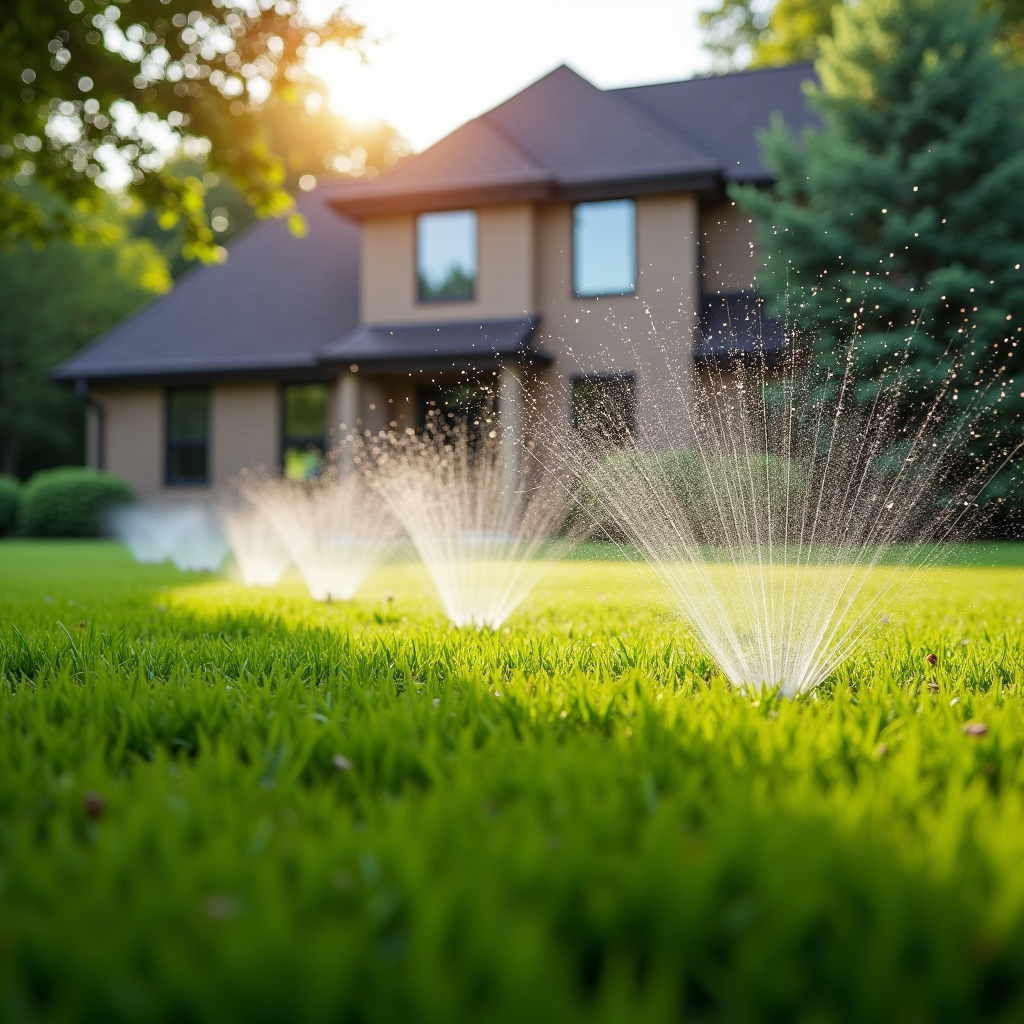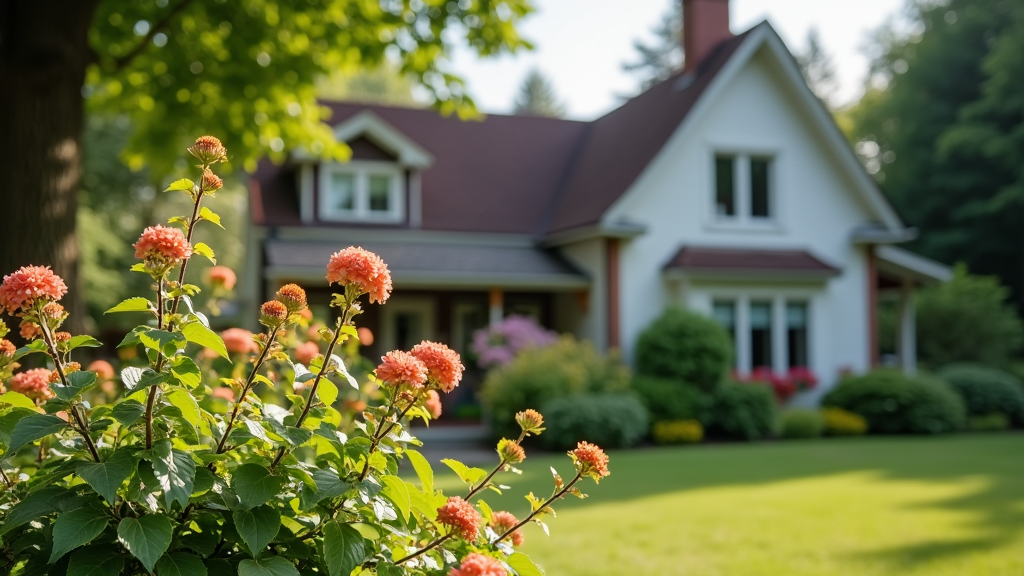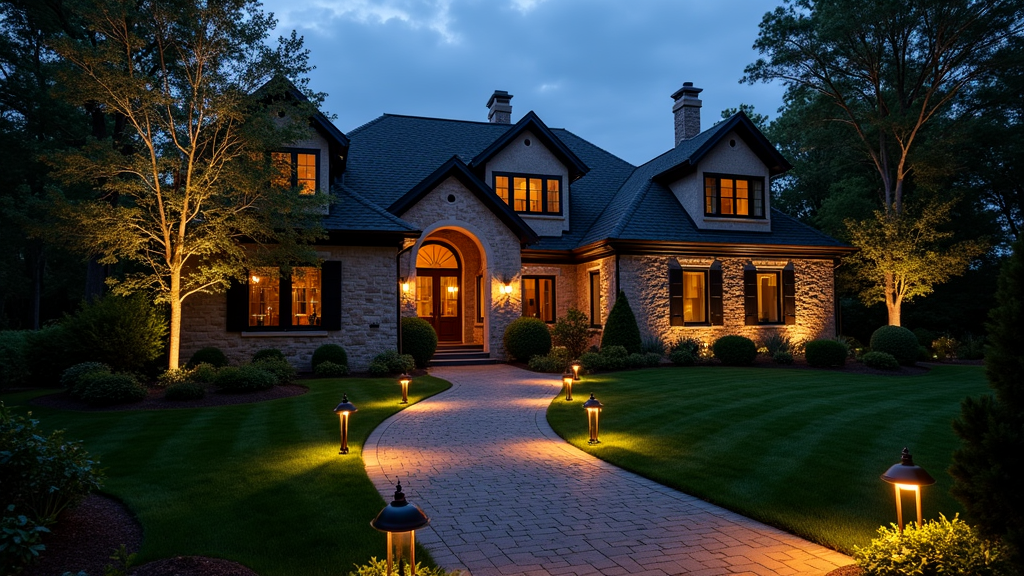Urban landscapes are evolving rapidly, and the conversation around green spaces in city planning has never been more critical. As cities face challenges such as population growth, climate change, and environmental degradation, rethinking how we design our urban environments becomes essential. This article explores the role of green spaces in urban planning and how they contribute to healthier, more sustainable cities.
Rethinking Urban Landscapes: Green Spaces in City Planning
Cities are often depicted as concrete jungles devoid of life. However, integrating green spaces into urban planning can drastically change this narrative. These areas serve as vital components of landscape design, providing ecological benefits while enhancing residents' quality of life. So, what makes green spaces so essential in city planning?
Why Green Spaces Matter: The Benefits
Green spaces offer a plethora of benefits that go beyond aesthetics. They improve air quality, reduce heat island effects, provide habitats for wildlife, and promote mental well-being among residents. Let’s break down these advantages.
1. Environmental Benefits
- Air Quality Improvement: Trees act as natural air filters, absorbing pollutants and releasing oxygen. Climate Regulation: Vegetation helps moderate temperatures and mitigate urban heat islands. Biodiversity: Parks can serve as sanctuaries for various species, supporting local ecosystems.
2. Health Benefits
- Physical Health: Access to parks encourages physical activities like walking, running, and cycling. Mental Well-being: Studies show that time spent in nature reduces stress levels and improves mood.
3. Social Cohesion
- Community Engagement: Green spaces foster social interactions among residents, creating stronger communities. Cultural Identity: Parks often reflect the cultural heritage of neighborhoods through art and design.
Designing Landscapes with Green Spaces
When it comes to landscape design, integrating green spaces requires thoughtful planning. Here are some key principles:
1. Accessibility is Key
Ensuring that parks are easily accessible promotes their use. Consideration should be given to walkability and public transport links.


2. Variety of Spaces
Different types of green spaces cater to diverse community needs—playgrounds for children, quiet gardens for relaxation, or sports fields for active play.
3. Sustainability Practices
Using native plants reduces maintenance costs and supports local wildlife.
Rethinking Urban Landscapes: Case Studies Around the World
Let's take a closer https://connerzzkg.bloggersdelight.dk/2025/03/03/exploring-natural-pest-control-methods-for-your-greensbor-yards/ look at some successful examples where cities have effectively integrated green spaces into their urban landscapes:
1. New York City's High Line
This elevated park transformed an old railway line into a linear green space filled with plants and art installations. It has become a model for adaptive reuse in urban settings.
2. Singapore's Gardens by the Bay
Combining innovative architecture with landscape design, this project showcases how to seamlessly integrate nature into a bustling metropolis.
Challenges in Implementing Green Spaces
While the benefits of green space are clear, there are challenges that city planners must navigate:
1. Space Constraints
In densely populated areas, finding available land for parks can be difficult.
2. Funding Issues
Establishing and maintaining parks requires financial resources that may not always be available.
Innovative Solutions for Creating Green Spaces
To overcome these challenges, innovative solutions can be employed:
1. Vertical Gardens
Vertical gardens on building facades can add greenery without taking up horizontal space.
2. Rooftop Parks
Utilizing rooftops for parks adds valuable recreational space while offering stunning views.
FAQ Section
Here are some frequently asked questions regarding green spaces in urban planning:

1. What defines a 'green space'?
A green space is any area covered with vegetation within an urban environment—like parks, gardens, or natural reserves—that provides recreational opportunities and ecological benefits.
2. How do green spaces affect property values?
Studies indicate that proximity to parks can increase property values due to enhanced aesthetic appeal and livability factors.
3. Can small cities benefit from implementing green spaces?
Absolutely! Even small towns can enhance community engagement and environmental health through well-planned local parks or community gardens.
4. What role do community members play in designing these landscapes?
Community input is crucial; it ensures that the designed landscapes meet the specific needs and desires of those who will use them most.
5. Are there any downsides to creating too many parks?
While generally beneficial, improperly planned parks may lead to maintenance issues or attract undesirable activities if not designed thoughtfully.
6. How do you maintain these green areas sustainably?
Sustainable maintenance involves using native plants requiring minimal water while employing eco-friendly landscaping practices like xeriscaping or permaculture techniques.
Conclusion
Rethinking urban landscapes through the lens of green spaces holds immense potential for fostering healthier communities while addressing pressing environmental concerns. By prioritizing landscape design that integrates nature into our cities—whether through parks or community gardens—we pave the way toward sustainable development that enriches our lives now and in the future.
In summary, embracing this vision isn't just about beautifying our cities—it's about creating vibrant ecosystems where people thrive alongside nature itself! Let's continue this crucial conversation about “Rethinking Urban Landscapes: Green Spaces in City Planning” so we can build better places for generations to come!